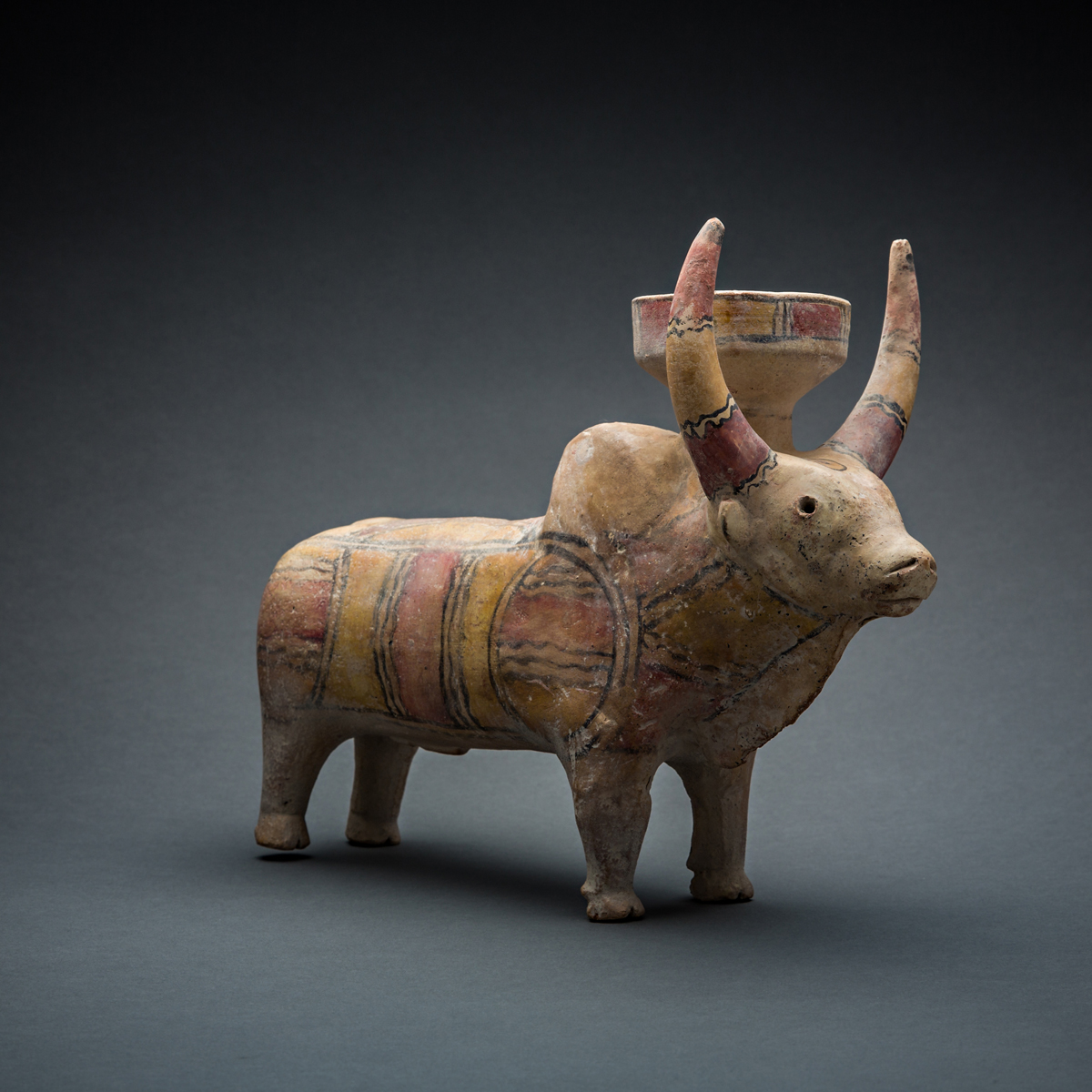

One decipherment was published in 1982 by Indian archaeologist Shikaripura Ranganatha Rao claimed the script was Sanskrit-based and contained only 62 signs. A sign is a basic unit of meaning in languages - they can represent freestanding ideas or syllables. There are have been more than 100 attempts at deciphering the Indus script published since the 1920s, and just how many signs are in the script is still up for debate. A linguistic bridge connecting the Indus Script to another known language could reside in one of Mesopotamian cities that traded with the Indus civilization. The Indus Valley people were most likely Dravidians, who may have been pushed down into south India when the Aryans, with their more advanced military. But just because we haven't found a Indus equivalent doesn't mean researchers have given up hope. The Rosetta Stone, written in both ancient Egyptian and Greek, was key in deciphering Egyptian hieroglyphics. While they weren't warmongering, they weren't cut off from others either. Evidence of trade with other more warlike civilizations like Mesopotamia has been found. A Harappan trade outpost was discovered in the Mesopotamian city of Eshnunna, about 20 miles outside of Baghdad, and Harappan luxury goods have been found in other Mesopotamian cities like Ur.įinally, we haven't found a bilingual translation tool, like the Rosetta Stone, for the Indus script. Although the Indus civilization was hardly a violence-free society, archaeologists have yet to discover stockpiles of weapons, art depicting war, large-scale structural destruction, or the telltale layers of ash under cities that have been burned to the ground during battles. And amazingly, there's no archaeological evidence suggesting war or armies in the Indus River Valley civilizations. The cities had complex street planning, covered sewer systems, and the world's oldest toilets. Most of these settlements were villages, some were towns, and at least five could be considered cities during the civilization's peak from 2600-1900 B.C. The largest of these cities were Mohenjo-daro and Harappa, which were marvels for their time. Covering an 500,000 square mile region along the Indus River and its tributaries in Pakistan and northwestern India, the Indus civilization included more than 1,000 settlements. The Indus River Valley civilization site is as important to archaeologists as ancient Mesopotamia and ancient Egypt. Between 3,300 and 1,300 BCE, the urban, Indus Valley Civilization (IVC) thrived, mostly inhabited by communities of Iranian farmers somewhat mixed with aborigine Indians. Account icon An icon in the shape of a person's head and shoulders. 1700 bc) Earliest known urban culture of the Indian subcontinent and the most extensive of the world’s three earliest civilizations.


 0 kommentar(er)
0 kommentar(er)
